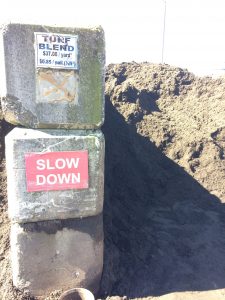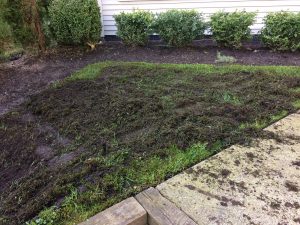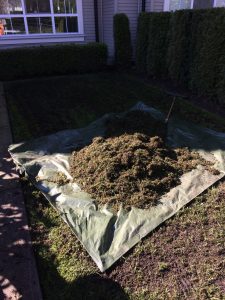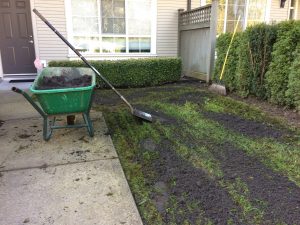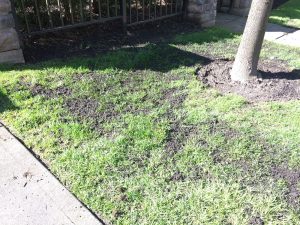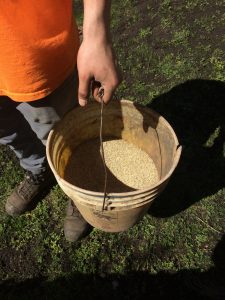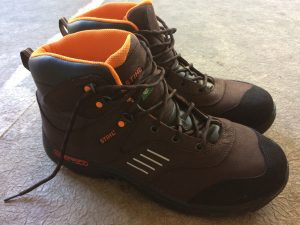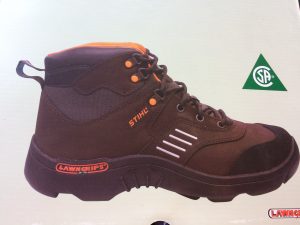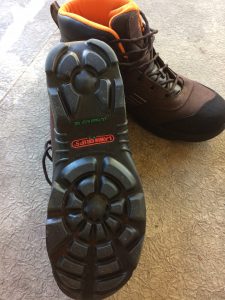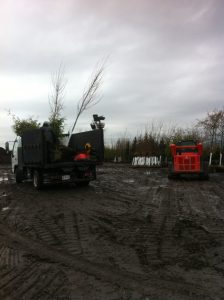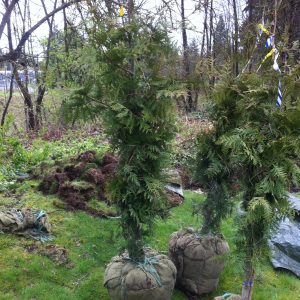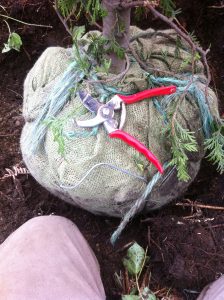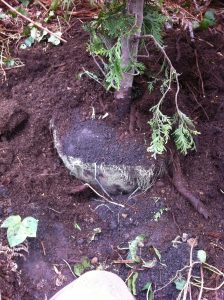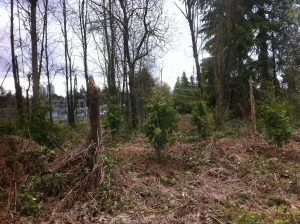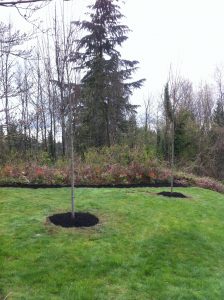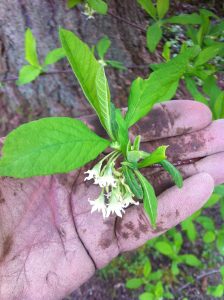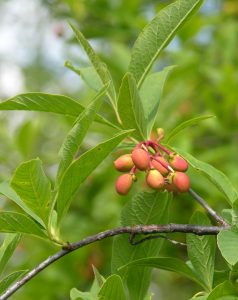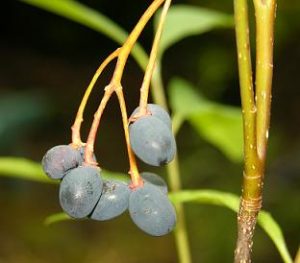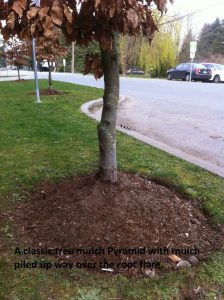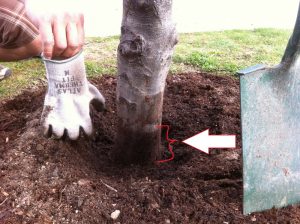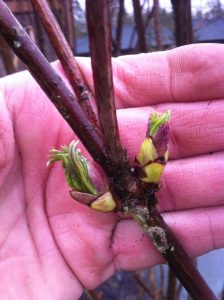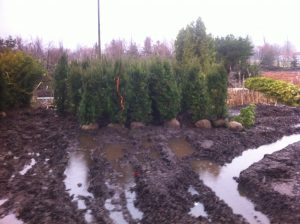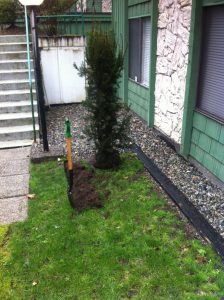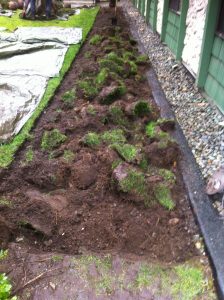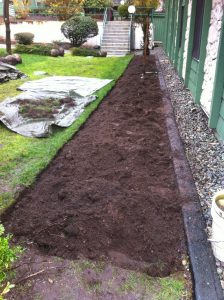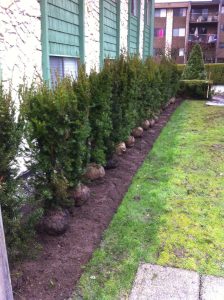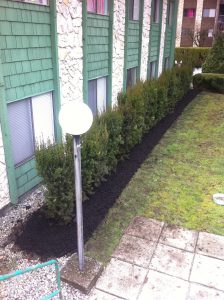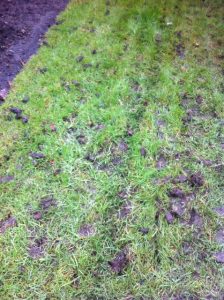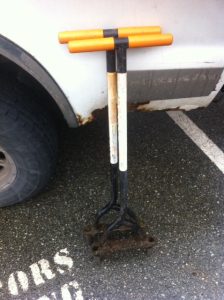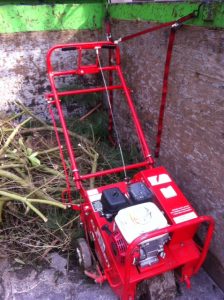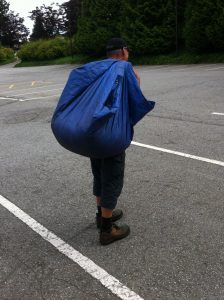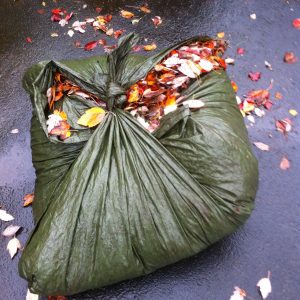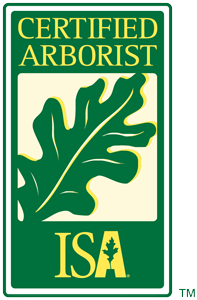Yes, it’s finally spring on the West Coast, so why not give your lawn a facelift? Perhaps you have bare spots showing in your lawns. Let’s add a light layer of top soil and over seed it. Or there is too much thatch and moss in your lawn. In that case, we can bring out a power rake and comb out the offenders from your lawn.
With moisture and higher temperatures your lawn should perk up very soon.
I did some of this work last week so let’s recap the steps so you can do it for your own lawn. Or you can hire a good landscape company that will do it for you Properly.
Power raking 101
The power rake doesn’t look like much but it packs a punch, if you let it punch. The key issue is the height level of your tines. If you drop them low, the machine will rip up your lawn. So be ready for some bare brown spots that will need an application of good, weed-free top soil and over seeding.
If you set the machine high, you will just tickle your lawn. So experiment and adjust the height depending on the condition of your lawn.
The key number two is clean up time. Don’t underestimate your clean up times. If you hit your lawn hard, expect to rake up a lot of debris. Budget your time accordingly.
If your lawn is fine
If your lawn only suffers from some bare spots, then skip the power raking step and move on to top dressing. We need good quality top soil, most likely turf blend. Turf blend contains a higher percentage of sand. It should also come from a good source and be weed-free. There is nothing worse than saving a few dollars per yard only to introduce weeds into your landscape.
The rule for top-dressing is to rake the soil in nicely so that your bare spots are covered but the rest of your grass isn’t smothered. Rake the soil nicely into your existing grass. It should still be visible.
Over seeding is also very easy. Just beware of wind. Apply seed carefully around bed edges so you don’t create a headache for later. Monitor your lawn for seed germination and re-apply as required. With some moisture and higher temperatures everything should be fine.
step 1 power rake
step 2 rake up
step 3 top dress with soil
step 4 rake in the soil
step 5 over seed
Your lawn will thank you for your hard work!


